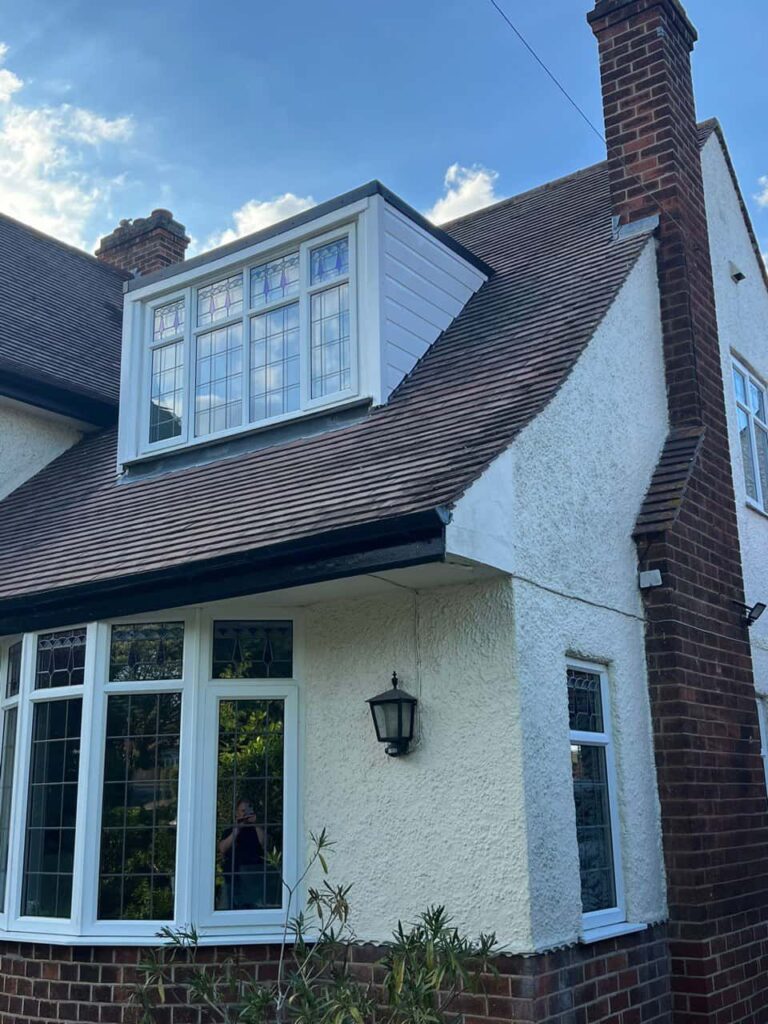Lead flashing is a crucial component of a roofing system, providing protection against water ingress at vulnerable points such as chimneys, valleys, and roof junctions. However, weather and temperature changes can significantly impact its performance over time. Understanding these effects can help property owners take proactive steps to maintain their roofs and prevent costly repairs.
The Role of Lead Flashing in Roof Protection
Lead flashing is highly durable, flexible, and resistant to corrosion, making it an ideal material for sealing joints and preventing water penetration. It expands and contracts with temperature changes, adapting to the movement of the building structure. However, extreme weather conditions can accelerate wear and tear, leading to potential issues.
How Temperature Changes Affect Lead Flashing
Thermal Expansion and Contraction
Lead flashing naturally expands in hot temperatures and contracts when it cools. While this flexibility is beneficial, repeated cycles of expansion and contraction can lead to:
- Fatigue cracks – Over time, the constant movement can cause small fractures in the lead.
- Loose fixings – Flashing that is not correctly installed or fixed may detach, compromising the roof’s waterproofing.
- Joint failure – Soldered or sealed joints can weaken due to persistent thermal movement.
Cold Weather and Brittleness
In colder months, lead flashing becomes less flexible and more brittle. Sudden temperature drops can make existing cracks worse, leading to:
- Water penetration – Cracks and splits allow rainwater to seep into the roof structure.
- Increased risk of condensation – Moisture can build up beneath the flashing, causing damp and mould issues inside the property.
The Impact of Weather Conditions on Lead Flashing
Heavy Rain and Moisture Exposure
While lead is resistant to corrosion, constant exposure to moisture can cause oxidation over time. This results in a white, powdery residue known as lead carbonate, which can weaken the material and reduce its effectiveness. Additionally, prolonged wet conditions can wash away any protective coatings, leaving the flashing vulnerable.
Strong Winds and Storms
High winds can loosen improperly secured lead flashing, particularly around roof ridges and chimneys. If left unchecked, this can result in:
- Lifted flashing – Exposing roof joints to water ingress.
- Detached sections – Leading to leaks and potential interior damage.
Sun Exposure and UV Damage
Prolonged sun exposure can cause lead flashing to dry out, leading to surface cracks. UV rays can also break down any protective patina, making the lead more susceptible to oxidation and damage.
Preventative Maintenance for Lead Flashing
Regular maintenance and inspections are key to ensuring that lead flashing remains in good condition despite weather changes. Here are some essential steps:
Scheduled Roof Inspections
- Conduct a bi-annual inspection, ideally in spring and autumn, to check for signs of damage.
- Inspect after severe weather events, such as storms or heatwaves.
Check for Signs of Damage
Look for:
- Cracks or splits in the flashing
- White powdery residue (lead carbonate)
- Loose or lifted sections
- Water stains inside the property, indicating leaks
Professional Repairs and Replacements
If damage is found, professional repairs should be carried out promptly to prevent further issues. This may involve:
- Re-securing loose flashing using correct fixings
- Replacing damaged sections to restore full protection
- Applying patination oil to protect against oxidation
Conclusion
Weather and temperature fluctuations can have a significant impact on lead flashing, causing expansion and contraction, oxidation, and potential structural damage. Regular inspections and timely repairs can help maintain its effectiveness, ensuring that your roof remains watertight and secure.
For expert lead flashing maintenance and repairs in New Milton, Hampshire, our team provides professional services to keep your roof in top condition. Contact us today for an inspection or advice on protecting your property.
Call us on: 01425 208 596
Click here to find out more about MCM Roofing Repairs New Milton
Click here to complete our contact form and see how we can help with your Roofing needs.

